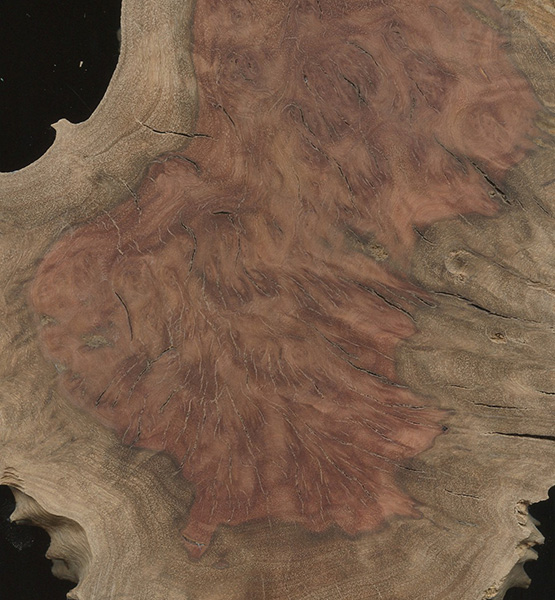Because of this most mallee species are ill suited for lumber though they do have a propensity for burl growths that can be harvested and used for turning and other small specialty projects.
Identifying australian hardwood tree burls.
Vegetative features in identification of a native tree or shrub can be divided into a number of categories.
They are commonly thought to be formed by either some type of infection or injury to the tree.
Native australian tree images for identification purposes.
A species to suit any location.
Native hardwoods are graded for strength when used in timber framing and for appearance when used in flooring or furniture.
Leaf flower fruit bark characteristics and the size shape and form collectively called the habit of the plant.
Oak tree burl bulges and tree health.
Usually smaller and shorter than trees mallees grow multiple smaller diameter stems from a common root system.
Viewing the end of this board reveals its true identity.
Look for growth rings formed by the yearly growth of a tree which will be a dead giveaway that the wood sample in question is a solid genuine chunk of wood taken from a tree.
In solid timber flooring products native.
Blue gum eucalyptus.
Boral timber has a range of beautiful australian hardwood species varying in colour and grain.
Burls certainly should not be removed from the main stem of a living tree since that would expose a large decay producing wound or completely.
A blend of various sized hardwoods harvested from coastal regions.
Australian hardwood species guide version june 2018 ver2 botanical name eucalyptus obliqua eucalyptus regnans eucalyptus delegatensis eucalyptus dalrympleana eucalyptus grandis eucalyptus acmenoides eucalyptus maculata eucalyptus pilularis eucalyptus paniculate drepanophylla decepta sideroxylon mugga corymbia trachyphloia terminalis.
Most common hardwoods unlike the conifers or softwood firs spruce and pines hardwood trees have evolved into a broad array of common species.
Either way they are a great source of sustainable wood because the tree does not have to be cut down to harvest the burls.
Often more burls will grow back on these trees.
Burls hobnail and black speck.
From pale pinks to deep reds which when blended in flooring give any venue a warm and luxurious look.
Even though not much is known about the cause of burls it should be assumed that proper tree management that improves tree health can help reduce the occurrence of burls or make their presence less of a problem.
While it remains a work in progress the site is fully responsive across viewing platforms based on the rapidweaver 7 mobile first design architecture.
Burls are the wart on the side of a tree or in the root ball.









